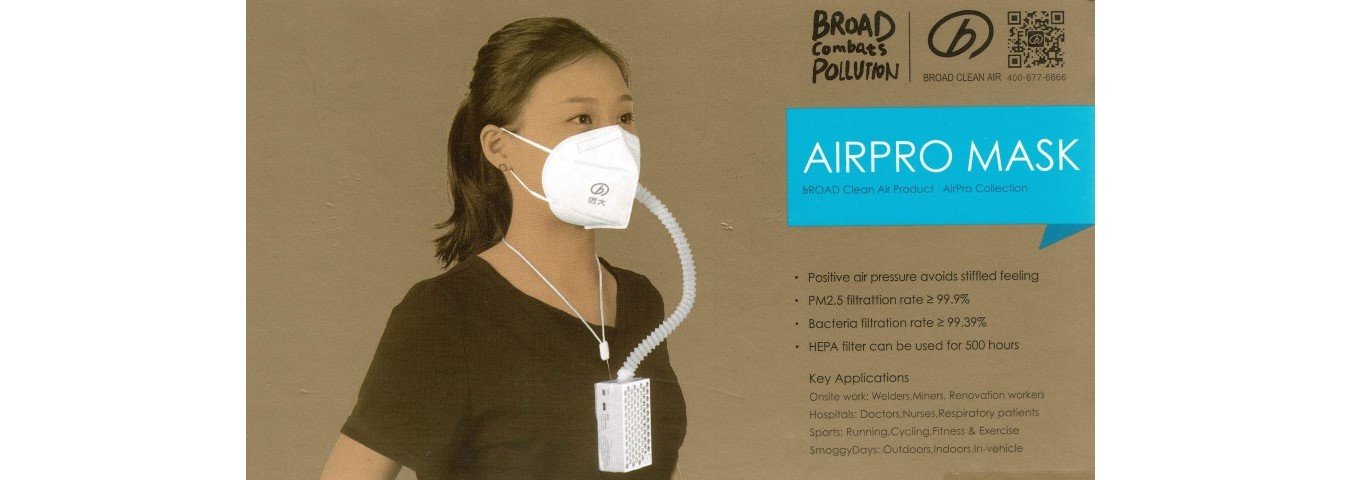As we get ready for this year’s covid-19 winter surge, which most Americans (Ipsos.com 11/14/23) and the government (CDC.gov 10/24/23) agree is likely, let us appreciate the blessings we have that allow us to gather together in happy and healthy peace.
Here is an updated, 2023 version of the traditional Thanksgiving hymn.
1. We gather together to not spread the covid
which still is around here though most will not see
how simple it can be to keep from distressing
so do the morning testing and gather with ease.
2. With antigen testing we won’t be contagious,
a negative test means we’re good for the day
so from the beginning those swabs we are a’spinning
there ain’t no need of masking just gather with ease.
3. For colds or a sniffle, just be a bit careful
and one thing that’s good for what e’er you could spread
is lots of the fresh stuff that lingers all around us
let windows bring us lots of the fresh air to breathe.
Now You Can Search This Blog!
We have added a “search” bar for this blog - scroll all the way down
to the very bottom of a blog page to find the search bar.
When using the “search” bar, please, if at first you don’t succeed, try, try again!
[The website company has an ongoing glitch.]
Find all of the blog post titles on our “Resources” page on the website: Comprehensive List of Blog Postings (PDF).

















